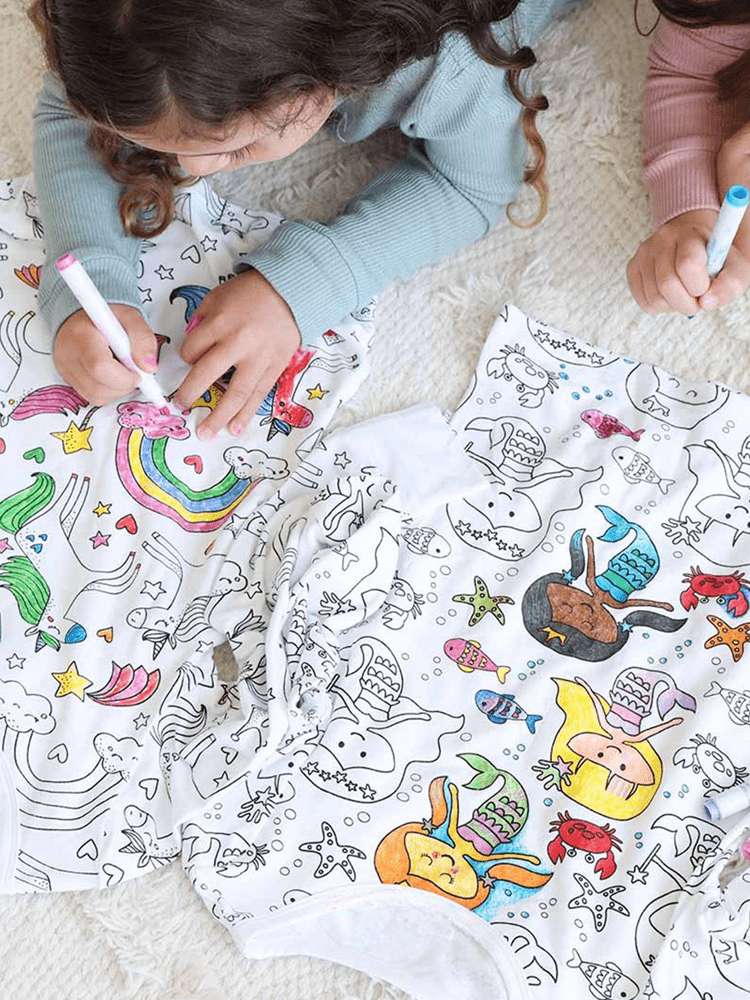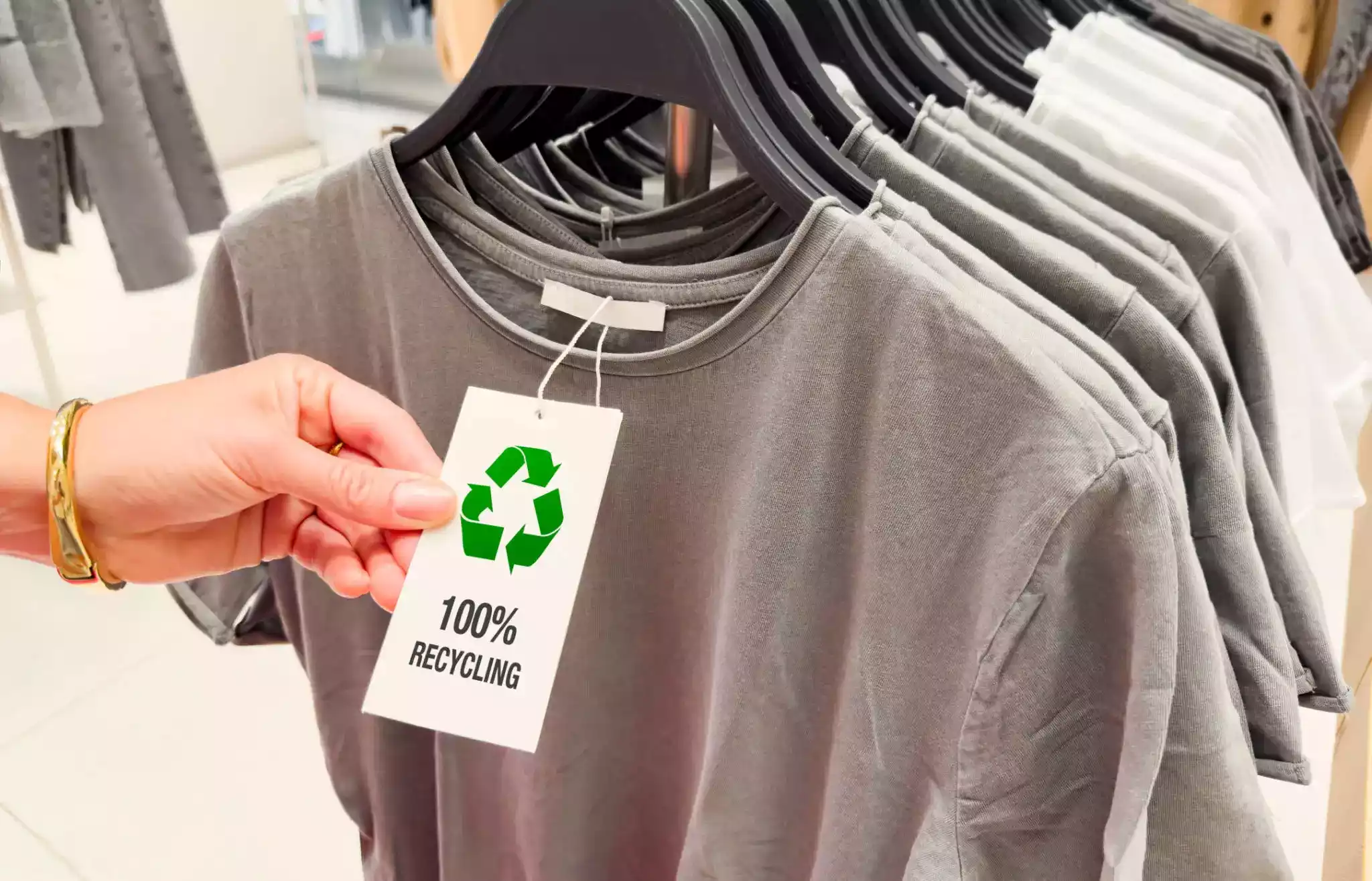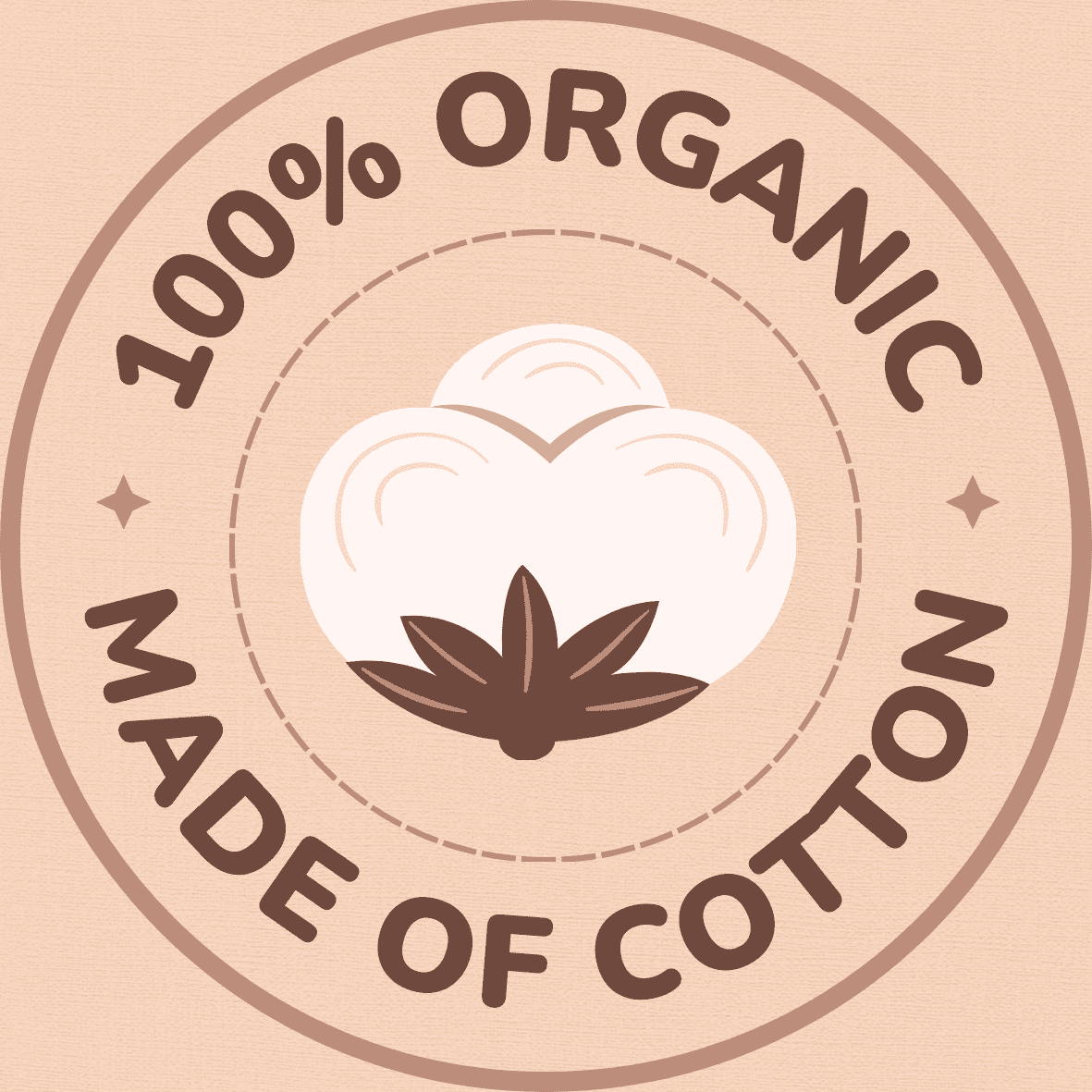Garment Factories: Where Fashion Comes to Life
The clothing industry, particularly the global apparel production, plays a pivotal role in the world economy. It stands as an epitome of globalization with a complex supply chain that stretches across multiple countries. From textile manufacturers to garment factories, every aspect undoubtedly has massive socio-economic implications. For instance, the Bangladesh garment industry represents a significant portion of its economy, employing nearly four million people, the majority of whom are garment workers.
Numerous factors underlie the current working conditions in the fashion industry. Predominantly, the competitiveness of the gallery of suppliers, the pressure to minimize costs and maximize output, and the lobbying power of global brands often results in strenuous labour situations. Garment factories, particularly in countries like Bangladesh, are often criticized for poor working conditions, long hours, low wages, and a lack of safety measures. Clearly, for the garment workers who form the backbone of the global apparel industry, the fulfilment of basic human rights remains a significant concern. The garment industry and its supply chain must therefore be understood and scrutinized more conscientiously from an ethical and sustainable perspective.
The Complex Supply Chain in the Textile and Apparel Industry

The textile and apparel industry is an intricate web of interconnections, with a supply chain that stretches across country borders. Global garment suppliers, both small and large, push for faster, cheaper ways to produce trendy, desirable items – a phenomenon known as “fast fashion.” This expeditious production cycle places immense pressure on garment factory workers, particularly those in countries like Bangladesh, where the garment industry is a significant export sector. However, while the export numbers soar high, the wages of Bangladeshi garment workers continue to hover way below the minimum wage.
Adding to the pressures faced by these workers are the devastating effects of the global Covid-19 pandemic. This situation lays bare the stark reality of the “fast fashion” impact on garment workers, as they grapple with job insecurity and health concerns amidst an already taxing work environment. Prior incidences like the Rana Plaza tragedy have highlighted the unsafe working conditions that garment workers face. Yet, despite the involvement of international unions in advocating for the rights of these unseen laborers, the industry needs a more significant shift in how it operates, placing the well-being of workers at the forefront. The supply chain in the textile industry is indeed complex and carries the weight of ethical and humanitarian concerns that need addressing.
The Reality of Working Conditions in the Global Garment Industry
In the ever-growing global garment industry, millions of workers are continuously underpaid and overworked. Despite the revenue generated, many garment workers receive wages far below the living standard, leaving workers and their families in a state of perpetual poverty. Fashion brands are usually the cogs within this sprawling machine, driven by profit margins, exerting significant pressure on garment manufacturers to produce apparel at an accelerating pace and for the lowest cost. This leads to exploitation such as abysmal working conditions, extremely low wages, and long working hours that adversely affect the health and wellbeing of the millions of workers who are the backbone of this industry.
Recent years have shown the industrial disasters that exposed the harsh realities of the apparel manufacturing world. The Bangladesh factory collapse in 2013, in which over a thousand garment workers died, was a tipping point that shed light on the urgency for reform within the clothing industry. Despite the impacts of fast fashion and international outcry for better wages and conditions, the progress remains gradual. Organizations like the Garment Manufacturers and Exporters Association, the Clean Clothes Campaign, and other advocacy groups are tirelessly working to improve the lives of these workers, yet much remains to be done.
The reality of working conditions in the global garment industry is characterized by several factors:
• Underpayment: Despite generating billions in revenue, many garment workers receive wages far below the living standard. This leaves them and their families trapped in a cycle of poverty.
• Overwork: The pressure exerted by fashion brands on manufacturers to produce clothing at an accelerating pace often results in overworking employees. This leads to detrimental effects on their health and overall wellbeing.
• Poor Working Conditions: Workers are frequently subjected to abysmal working conditions that pose significant risks to their safety. Lack of proper ventilation, inadequate lighting, and cramped spaces are some common issues faced by these workers.
• Industrial Disasters: Recent years have seen industrial disasters such as the Bangladesh factory collapse in 2013 that killed over a thousand garment workers. These incidents expose the harsh realities within this industry and highlight the urgent need for reform.
Despite these challenges, efforts are being made towards improving conditions:
• Advocacy Groups: Organizations like the Garment Manufacturers and Exporters Association (GMEA) and Clean Clothes Campaign (CCC) are continuously advocating for better wages and improved working conditions for garment workers across the globe.
• International Outcry: There has been an international outcry demanding better treatment of garment industry workers following major industrial accidents.
However, progress remains slow with much more needing done to ensure fair treatment, adequate pay, safe work environments, respect for labor rights among other basic human rights for all those involved within this vast global industry.
Garment Workers: The Unseen Labour Force Behind Fast Fashion
In the shadows of the booming apparel industry lies an unseen labour force — the textile workers, forming the backbone of global garment production. Every day, they toil in difficult conditions to meet the relentless demands of fast fashion brands. Shockingly, it’s not rare to find that health and safety regulations are severely compromised in these garment sector factories. Case in point, the shocking factory collapse in Bangladesh in 2013 which took the lives of more than a thousand workers. Despite the tragic event triggering global concern, the struggle for building safety in Bangladesh continues to be a major challenge.
Simultaneously, the issue of inadequate compensation sounds equally exigent. Drawing the world’s attention, six workers from a well-known garment factory decided to take to the streets, demanding better wages from brands and retailers they produce for. Their exceptional courage stirred a major debate on the socio-economic disparities existing within the global apparel market. Yet, the reality remains that the meaty profits reaped by the apparel industry are keenly contrasted by the meager earnings of the textile workers. More than ever, it has become critically important to hold fast fashion brands accountable, ensuring decent working conditions and fair wages for these unseen heroes of the textile world.
The Critical Role of Suppliers in the Apparel Industry

In the world of fashion, suppliers pose enormous significance in the clothing industry, especially in Bangladesh. Their role extends far beyond the simple provision of raw resources, encapsulating a larger share of responsibilities in the manufacturing process. Bangladesh’s garment industry is the largest in the nation, with the unique blend of profitability and low production costs luring international fashion brands. The boom in the ready-made garment sector is driven by a consortium of garment manufacturers and exporters operating in Bangladesh. This business nexus contributes 80 per cent of the garment and textile industry’s total export earnings, making it the country’s highest revenue-generating sector.
However, serious concerns surrounding labor rights and workers’ rights in Bangladesh’s garment sector have been persistent over the years. Reports from organizations such as the Worker Rights Consortium and the Center for Global Workers’ Rights divulge a grim reality. They reveal tales of low wages, hazardous working environment, and even child labor. The Fashion Revolution movement, emphasizing sustainable and ethical practices, has accelerated the conversation around these issues. The ongoing struggle illuminates the global quest for a more sustainable and fair-global supply chain where the rights of workers in every corner of the globe, including those in Bangladesh’s garment industry, are fully protected and respected.
Covid-19 and its Impact on Workers and Businesses in the Clothing Industry
The unprecedented social impact of COVID-19 has shaken the very roots of the global garment supply chains. The cascading effects can be keenly felt by millions of garment workers worldwide who form the backbone of this industry. The uncertain business environment has resulted in thousands of garment workers losing their jobs, while others face reduced work hours and wage cuts. The workers are often tasked with protecting their health amidst the pandemic as well as securing their livelihoods.
Notably, the apparel industry is one often scrutinized for its toll on both workers and the planet, with garment workers theoretically at the bottom of these supply chains bearing the brunt of hardships. With the advent of the pandemic, businesses were forced to rethink workers in their supply chains and the pivotal role they play in the industry’s functioning. In the midst of the health crisis, a majority turned to their workers to use innovative means to keep their businesses afloat, illustrating labour power in full effect. However, fears of contagion among workers led to the reduction of workforce in many production units, with poignant testimonials from three workers exemplifying the struggles faced.
How Global Garment Supply Chains are Affected by Covid-19

Under the weighty impact of COVID-19 on workers and businesses globally, the world’s garment supply chains have significantly felt the ripple effect. Associations between brands and suppliers have come under tremendous scrutiny as businesses scramble to keep the industry afloat. Specifically, factories in Bangladesh, which have been put into the spotlight since the disastrous factory fire in Bangladesh in 2013, are experiencing considerable strain under the current pandemic conditions. The focus is being drawn to the plight of local garment workers who are wrestling with poor working conditions and the grave necessity for fair wages amidst this crisis.
This predicament further magnifies the workers’ need for the recognition and protection of their rights in these challenging times. Countries like Bangladesh, at the bottom of global garment supply chains, bear the brunt. This situation clearly indicates how much the fashion industry needs to reassess its business model, consider the human factor within its operations, and implement viable solutions that promote workplace safety, respect for labor rights, and reasonable wage structures. This is especially crucial in reflecting upon the impact of COVID-19 on workers who are the lifeblood of this intricate, global industry.
The Struggles at the Bottom of Global Garment Supply Chains
Supplier factories form the base of the vast and complex supply chain in the garment industry. These factories are often the site of numerous struggles, particularly in countries such as Bangladesh which holds the position of the second largest clothing producer in the world after China. The reality at this level of production frequently involves low wages, long hours, and hazardous working conditions, issues that have assumed greater significance after the Rana Plaza factory incident. This catastrophe brought to light the dire state of workplace safety and caused a global outcry, prompting a more in-depth scrutiny of the conditions under which our clothes are manufactured.
However, despite the attention drawn towards these issues, significant challenges remain. Fast fashion companies continue to source from many factories in places such as Bangladesh, where regulation and enforcement are often weak. The pressure to keep costs low and turn around orders quickly often affects garment workers the hardest. While some progress has been made to improve working conditions, the reality is that these changes often do not trickle down to the workers at the bottom of the supply chain, revealing a pressing need for a systemic shift in the way the industry operates.
FAQs
What role does the clothing industry play in global apparel production?
The clothing industry is central to global apparel production, as it encompasses everything from the creation of designs, sourcing of materials, to manufacturing and distribution of the final product. It involves a vast network of suppliers, manufacturers, and retailers that work together to bring clothing items to the market.
Can you explain the complexity of the supply chain in the textile and apparel industry?
The supply chain in the textile and apparel industry is multifaceted, involving many different stages and stakeholders. It starts with the sourcing of raw materials, followed by garment design and production, then distribution and retail. Each stage involves multiple suppliers, manufacturers, and retailers, often spread across different countries with varying regulations and labour practices.
What is the reality of working conditions in the global garment industry?
Working conditions in the global garment industry are often poor. Workers frequently deal with long hours, low wages, unsafe working environments, and a lack of benefits. In many instances, labour rights are violated, and workers are subject to exploitation and abuse.
Who are the garment workers behind fast fashion?
The garment workers behind fast fashion are mainly low-wage workers in developing countries. These individuals are employed by suppliers to large fashion brands and are often subjected to poor working conditions and exploitation.
How significant are suppliers in the apparel industry?
Suppliers play a critical role in the apparel industry. They provide the raw materials and manufacturing necessary for apparel production. They also represent a significant portion of the industry’s employment, particularly in developing countries.
How has Covid-19 impacted workers and businesses in the clothing industry?
Covid-19 has had a profound impact on workers and businesses in the clothing industry. Many factories have shut down due to decreased demand, leading to mass layoffs. For remaining workers, the risk of infection and the lack of adequate health measures pose additional threats.
How are global garment supply chains affected by Covid-19?
The pandemic has disrupted global garment supply chains in several ways. Lockdowns and travel restrictions have affected the sourcing of raw materials and the distribution of finished products. Manufacturing has been halted in many areas due to factory closures, and consumer demand has significantly decreased.
Can you elaborate on the struggles at the bottom of global garment supply chains?
The struggles at the bottom of global garment supply chains primarily concern the garment workers. These individuals are often subjected to poor working conditions, low wages, and a lack of job security. The Covid-19 pandemic has further exacerbated these issues, leading to mass unemployment and increased vulnerability for many workers.




